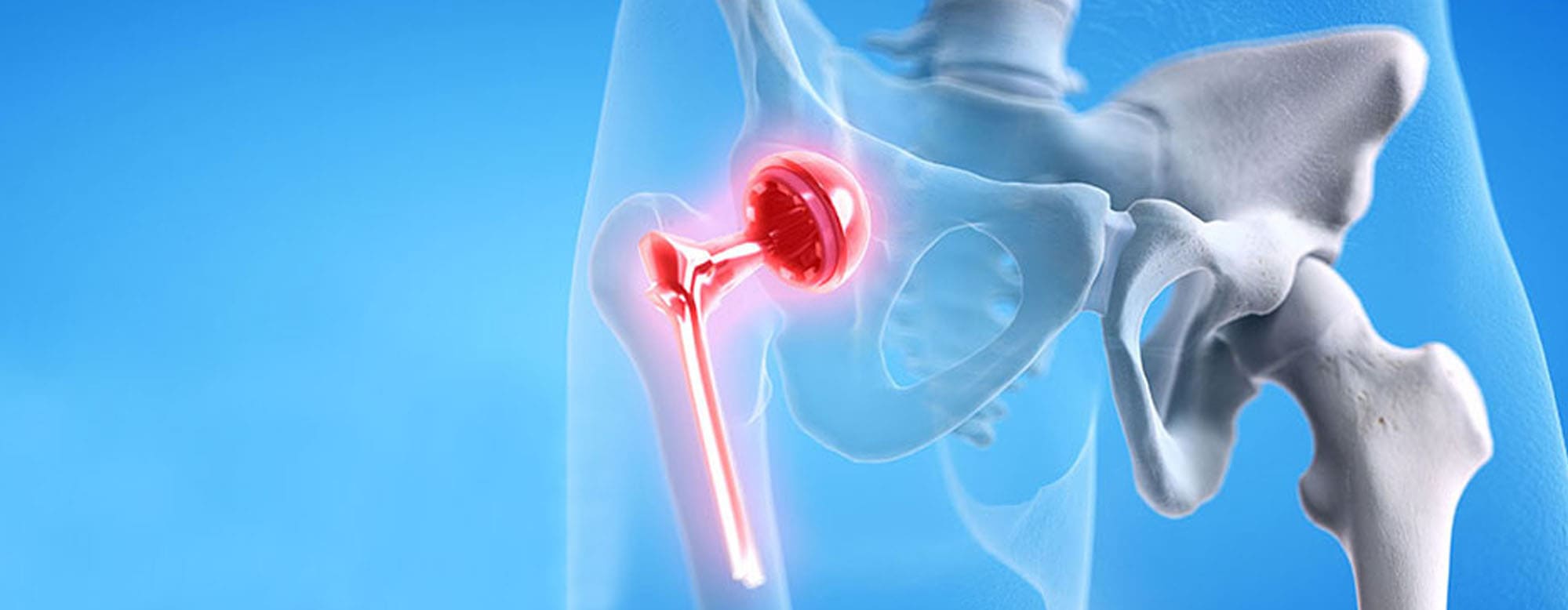
Fracture around Total Hip Replacement
What is a Periprosthetic hip fracture?
A Periprosthetic hip fracture is the condition in which there is a break in the bone surrounding the hip implant following a total hip replacement. These fractures may be due to trauma, such as a fall, or due to bone weakening over time, as with osteoporosis. They are relatively uncommon but often quite problematic to treat and recover from.
What are the symptoms of a fracture around a total hip replacement?
Symptoms may include sudden, severe pain around the hip or thigh region, inability to bear weight through the affected leg, or an obvious deformity resulting in either an apparent change in leg alignment or length. Other signs could be swelling, bruising, or limitation of movement of the hip. Any significant pain following trauma in a hip replacement patient should be checked as soon as possible.
How are Periprosthetic hip fractures treated?
Treatment will vary regarding the type of fracture, location, and severity, along with the implant status. It can sometimes be non displaced and treated with rest and limited mobility. However, surgical intervention is most often required. Surgical options include fixation with screws or plates, or in some cases, replacing part or all of the hip implant if that has become loose or damaged.
What can one expect during the period of recovery following surgery for a fracture around a hip replacement?
Recovery usually entails a combination of protected weight-bearing, physical therapy, and close follow-up with the treating team. Depending on the nature of the procedure, the overall health status, this rehabilitation can last several months. Some patients need to use walking aids like crutches and walkers, and physical therapy is also essential for regaining muscle and range of motion.
How is it possible to prevent fractures around a hip replacement?
The principle of prevention is founded on the reduction of risks of falls, as well as on maintaining good bone health through regular exercise, proper intake of calcium and vitamin D, and medication to enhance bone density. The aggravation of symptoms can be effectively prevented by making a home safer, including the removal of tripping hazards, and using assistive devices when needed. Regular follow-ups with the orthopedic surgeon will help in keeping a track of the stability of the implant against early signs of weakening of bones around the replacement.